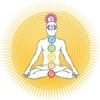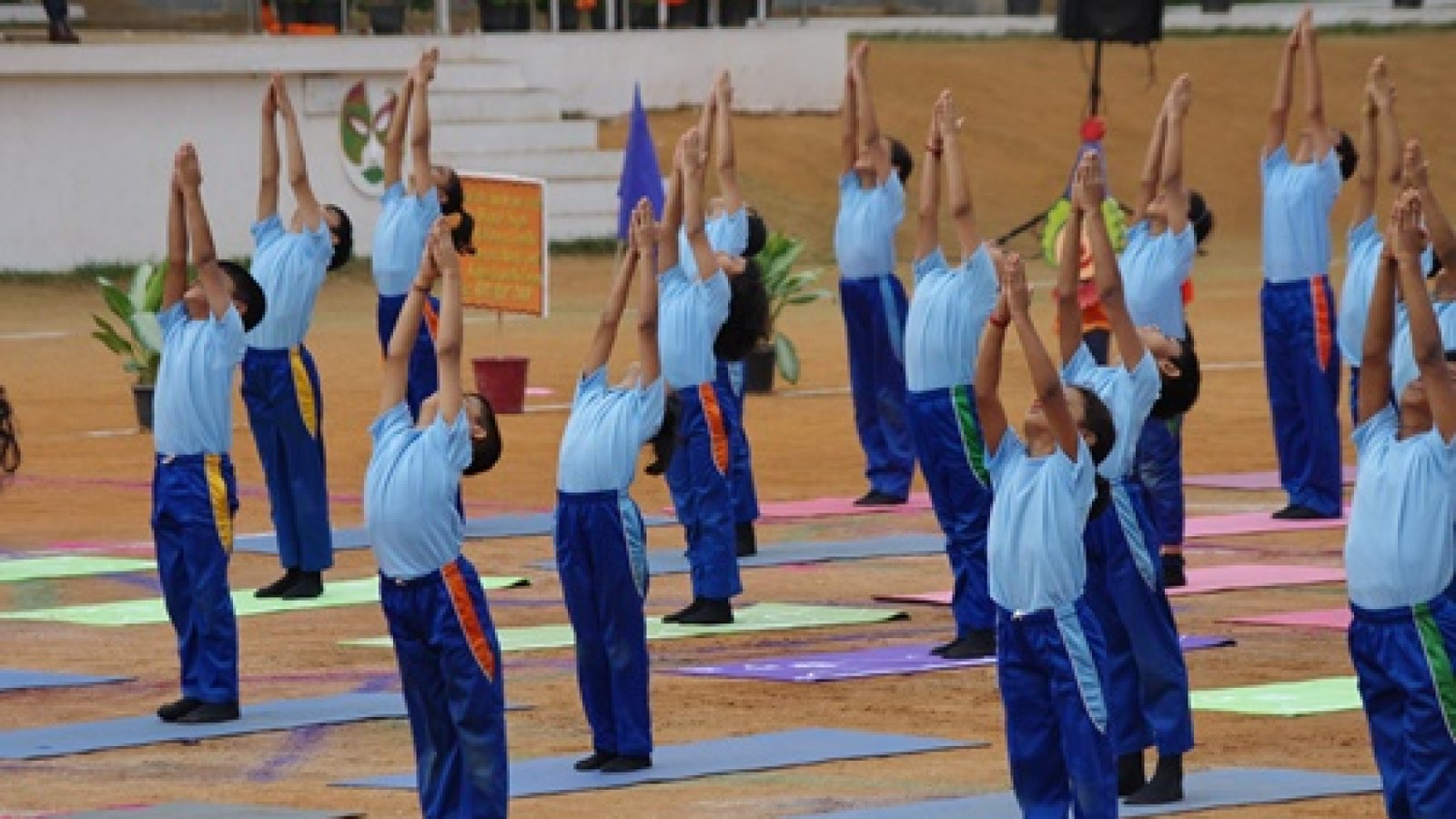Basic Yoga Session for Menopause – I
Kapalabhati
Kapalabhati is a Breathing Technique used specifically for cleansing. If you have a lot of mucus in the air passages or feel tension and blockages in the chest it is often helpful to breathe quickly. This article will introduce you to this breathing technique and show you its benefits.
Mountain Pose (Tadasana)
The Mountain Yoga Pose promotes the experience of stillness, strength, relaxed power, and immovable stability associated with mountains. This yoga posture, and coming back to this stillness after other poses, is one of the ways of becoming acquainted with stillness.
Hands to Feet (Pada Hastasana)
The Hands to Feet Pose or Pada Hastasana gives many of the same benefits as the Forward Bend – trimming the waist, restoring elasticity to the spine, and stretching the ligaments of the legs, especially the hamstrings. Learn how to do the Hands to Feet Pose in this section.
Warrior Pose
The Warrior Pose stretches and strengthens the arms and legs, increases stamina, improves balance and concentration, and can also relieve backaches. If you are suffering from diarrhea, high blood pressure, or neck problems, you should take extra caution practicing this pose.
Stand Spread Leg Forward Fold
Practicing the Standing Spread Leg Forward Fold can strengthen and stretch your inner and back legs and your spine. People with lower back problems should avoid doing the full forward bend. For beginners, you may use props like a folding chair to support your forearms.
Triangle Pose (Trikonasana)
In Hindu art, the triangle is a potent symbol of the divine principle, and it is frequently found in the yantras and mandalas used for meditation. The Trikonasana or Triangle Pose concludes the Yoga Postures in our basic session.
Standing Side Stretch Pose
The Standing Side Stretch is another Yoga Pose with two lines of energy radiating outward from your center. This is a simple Yoga Posture with a wonderful stretch in which one line of energy reaches upward from your belly and outward through the arm, and one line travels downward through the legs.
Tree Pose (Tadasana)
The Tree Pose helps strengthen your thighs, calves, ankles, and back. It can also increase the flexibility of your hips and groin. Your balance and concentration can also be improved with constant practice. This Yoga Pose is recommended for people who have sciatica and flat feet.
Lotus Yoga Pose (Padmasana)
The Lotus Yoga Pose is usually done in Meditation. It is a classic seated posture that strengthens your ankles and knees, enhances concentration, and improves the flexibility of your legs. Know how to perform the Lotus Pose in this section.
Single Leg Raises
This Yoga Pose is performed to prepare the body for other exercises. It benefits the legs, lower back muscles, and abdominal area. In practicing the Single Leg Raise, one leg is raised while the other one stays on the floor.
Double Leg Raises
A Double Leg Raise is similar to a Single Leg Raise, only this time, you will raise both legs. In doing this Yoga Pose, make sure that the full length of your back is resting on the floor and your shoulders and neck are relaxed. This section covers the steps and guidelines on how to do this pose properly.
Cobra Pose (Bhujangasana)
This Yoga Pose improves spinal flexibility and strengthens the muscles in the arms and back. In addition, it is effective in relieving menstrual irregularities and constipation. Learn how to perform the Cobra Pose in this section.
Child Pose
The Child Pose is a gentle way of stretching your shoulders, hips, thighs, ankles, and back muscles. It is a relaxation posture that is done to normalize the circulation after performing the Headstand and to serve as counterpose after Backbends.
Leg Reclining Lunge (Single and Double)
The Leg Reclining Lunge is part of the series of Yoga Exercises which target the leg muscles. When done properly, this Yoga Pose can strengthen and tone all muscles in your legs. Learn how to perform the Single and Double Leg Reclining Lunge.
Seated Forward Bend (Paschimothanasana)
Relax your body and mind, stretch your hamstrings, shoulders, and spine, relieve stress, and improve your posture and concentration by practicing the Seated Forward Bend. Learn how to do this properly and achieve maximum results.
Sage Twist Yoga Pose (Marichyasana)
Also called Marichi’s Yoga Pose, the Sage Twist Pose benefits the abdominal organs and spine. Avoid doing this pose if you have a chronic spine or back injury. Also, perform this only under the supervision of a Yoga instructor. Learn how to do the Sage Twist in this section.
Wind Relieving Pose (Pavanamuktasana)
The term Pavanamuktasana comes from the Sanskrit word ‘Pavana’ which means air or wind and ‘mukta’ which means freedom or release. The Wind Relieving Pose works mainly on the digestive system. specifically, it helps in eliminating excess gas in the stomach.
Yoga Exercise – Final Corpse
For you to appreciate the benefits of relaxation, you should first be familiar with how it is to be tense. This is what happens when you do the Final Corpse. Everything related to that position including suggestions on how to do it is discussed in further detail in this article.
Relaxation Pose
There are three parts to proper relaxation – physical, mental, and spiritual relaxation. Relaxation Yoga Pose relaxes your body and mind and makes you feel refreshed after doing the asanas and the pranayamas. This is why it is an essential part of Yoga practice.
Anuloma Viloma
Anuloma Viloma is also called the Alternate Nostril Breathing Technique. In this Breathing Technique, you inhale through one nostril, retain the breath, and exhale through the other nostril. Learn how to do this technique for beginners by following the steps found in this article.
Simple Meditation Technique
This Meditation process is good to induce a relaxation response and promotes a peaceful and relaxed mind. Meditation has also been scientifically proven to have health benefits such as lowering blood pressure and aiding asthmatics in their breathing.



